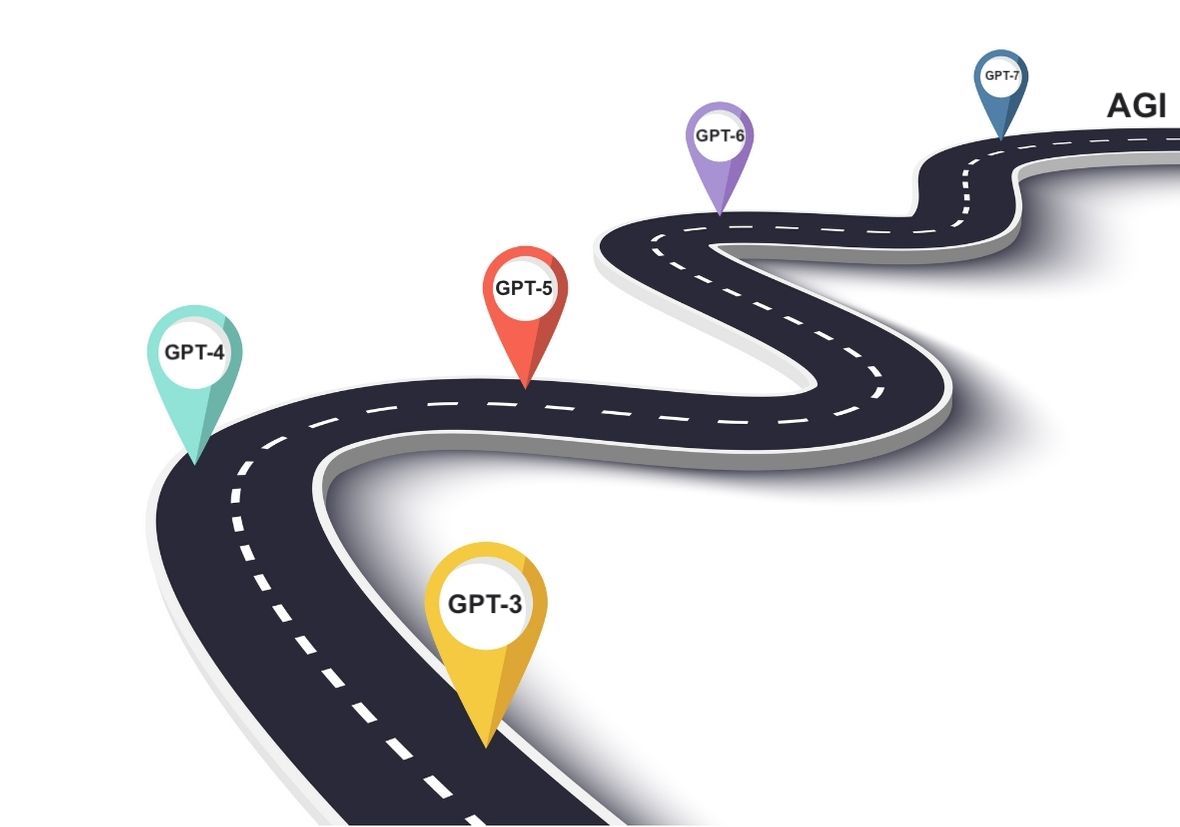In the realm of artificial intelligence, the development of Generative Pre-trained Transformers by OpenAI stands as a landmark achievement. The journey from the original GPT to the latest iterations illustrates a fascinating evolution in the field of NLP. This article delves into the progression of GPT models, highlighting their capabilities, applications. We also will talk about the impact they have had on technology and society.
The Inception: GPT-1
The story begins with GPT-1, introduced in 2018. This initial model laid the groundwork for future developments. It was trained on a large dataset of books and websites, enabling it to generate coherent and contextually relevant text based on the input it received. Although its abilities were impressive for the time. GPT-1 had limitations in terms of the depth of understanding and length of content it could effectively manage.
GPT-2: A Leap Forward
In 2019, OpenAI released GPT-2, which marked a significant step forward in the sophistication of language models. With 1.5 billion parameters, GPT-2 was trained on an even larger dataset and demonstrated a remarkable ability to generate coherent and contextually accurate text passages. Its fluency and versatility in handling various styles and subjects were notable improvements over its predecessor.
GPT-3: Breaking New Ground
The introduction of GPT-3 in 2020 was a watershed moment. With a staggering 175 billion parameters, GPT-3 was not just an incremental upgrade. It represented a quantum leap in NLP capabilities. Moreover, its ability to generate human-like text was so advanced that it could write essays, create poetry, emulate chat conversations, and even generate code. The versatility and accuracy of GPT-3 opened up new frontiers in AI applications, from content creation to customer service and beyond.
GPT-4: The Current Frontier
GPT-4 is the latest iteration in the GPT series. While specific details and capabilities continue to evolve, it’s clear that GPT-4 has pushed the boundaries even further. Its improved understanding of context, nuance, and even visual inputs demonstrates how AI models are not just learning to process language but also to understand and interact with the world in a more human-like way.
GPT-5: The next big step in Future
GPT-5 model is under development for today.
Applications and Impact
The evolution of GPT models has had a profound impact on various sectors. In content creation, they have become invaluable tools for writers, generating ideas, and even drafting entire articles. In customer service, they power chatbots that can handle complex inquiries with ease. Furthermore, their application in education, as tutors or research assistants, is revolutionizing the way we learn and access information.
Ethical Considerations and Future Directions
With great power comes great responsibility. The advancement of GPT models raises important ethical questions about misinformation, privacy, and the potential loss of jobs in certain sectors. As these models become more integrated into our daily lives, it’s crucial to address these concerns and ensure that their development and deployment are guided by ethical principles.
The future of GPT models is incredibly exciting. As AI continues to evolve, we can expect these models to become more sophisticated, with enhanced understanding and interaction capabilities. The journey from GPT-1 to GPT-4 is not just a story of technological advancement; it’s a narrative about the endless possibilities of AI, the challenges we face in harnessing its full potential, and the journey towards a future where human and artificial intelligence coexist and complement each other.
Conclusion
The evolution of GPT models from GPT-1 to GPT-4 showcases a remarkable journey in AI development. Each iteration has brought us closer to a world where AI can understand and interact with us in profoundly sophisticated ways. As we look to the future, it’s clear that the journey of GPT models is far from over, and their continued evolution will undoubtedly shape the fabric of our society in ways we are just beginning to imagine.
Read other articles:

